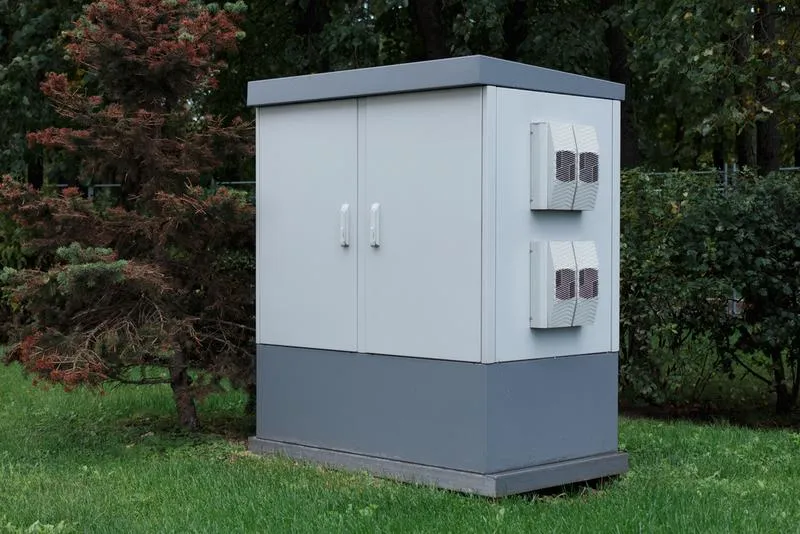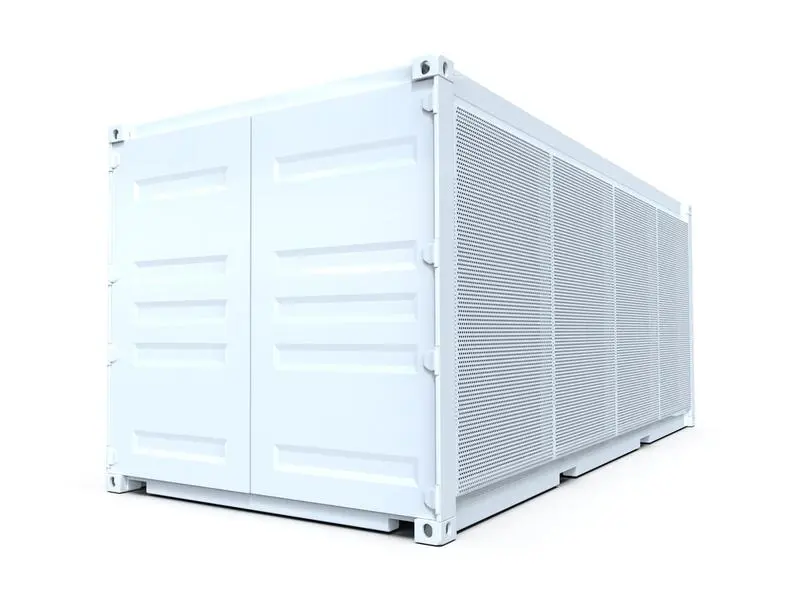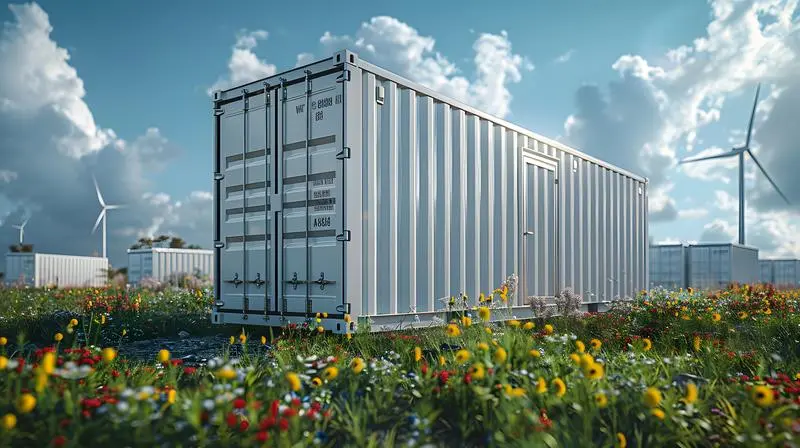If you're looking to invest in a solar container—be it for off-grid living, remote communication, or emergency backup—here's one question you cannot ignore:
What batteries do solar containers use?
Since let's get real: solar panels can get all the fame, but the battery system is what keeps the lights on when the sun doesn't. The wrong battery can mean shorter lifetimes, outages, or worst of all—an expensive metal box that won't work when you need it to.
What batteries are most popular on the market, then? And which one's the best for your setup, budget, and climate?
Let's get started.
Why Battery Type Matters More Than You Realize
Here's something that installers don't always share with you: the battery is typically the weakest link in a solar container system. And it's the most expensive piece of equipment to replace.
Consider:
If your solar container was powering medical refrigerators at a remote health clinic, could you count on your battery to hold strong during four days of consecutive cloud cover?
The battery you choose determines how long your system will survive, how much energy it will be able to store, and how safely it functions—especially in extreme temperatures.

The Most Common Battery Types Implemented in Mobile Solar Containers
We'll break down the top four most used battery types today—no jargon overload, just what you need to know.
1. LiFePO₄ (Lithium Iron Phosphate)
Today's gold standard for solar containers
- Cycle life:4,000–6,000+
- Depth of discharge:80–90%
- Fire risk:Very low (excellent thermal stability)
- Weight:Light and compact
- Lifespan:10–15 years
Why it's a favorite:
This battery is a workhorse. It's very stable, tolerant of high temperatures, and doesn't lose its capacity quickly over time. And it's safe—critical for mobile systems operating unattended in the field.
Used in: field clinics, disaster relief containers, mobile schools, telecom towers
2. Lithium-Ion (NMC, NCA)
High energy density, but more sensitive
- Cycle life:2,000–3,000
- Discharge depth:80%
- Fire risk:Medium to high (needs active cooling/protection)
- Weight:Very compact
- Lifespan: 7–10 years
Why it’s used:
These are the same battery types you’ll find in electric vehicles. They store a lot of power in a small space, but they run hotter and require careful battery management systems (BMS). They’re good—but maybe a little “high-maintenance.”
Best for controlled environments, not extreme heat zones
3. AGM or Gel Lead-Acid Batteries
Affordable, but fading fast
- Cycle life:300–1,000
- Depth of discharge:50% recommended
- Fire hazard:Low
- Weight:Heavy
- Lifespan:3–5 years (if you're lucky)
Why they still exist:
They're cheap, simple, and familiar. But they're also big, degrade faster, and need to be replaced more often. In 2025, they're used mainly for budget solar installations or backup-only systems—not for mission-critical or mobile systems.
Common in older installations or low-cost emergency systems
4. Vanadium Flow Batteries (Honorable Mention)
The futuristic, but not container-friendly yet
- Cycle life: 10,000+
- Discharge depth: 100%
- Fire risk:None (uses liquid electrolytes)
- Weight/Size:Enormous
- Lifespan:20+ years
Why they're important:
These are great for long-term storage and zero degradation, but they're still too big and costly for most mobile containers. That said, you might begin to see them appear in hybrid solar containers for microgrids or containerized data centers.
More research than reality—for now
Quick Comparison Chart
| Battery Type | Cycle Life | Fire Safety | Portability | Cost | Best For |
| LiFePO₄ | 4,000–6,000 | Excellent | Great | $3000-$7,500 | Most mobile solar containers |
| Lithium-Ion (NMC) | 2,000–3,000 | Medium | Excellent | $4,500–$9,000 | Space-constrained setups |
| AGM/ Gel | 300–1,000 | Good | Poor | $1,200–$2,800 | Low-cost or legacy systems |
| Vanadium Flow | 10,000+ | Excellent | Poor | $10,000–$25,000+ | Large, stationary hybrid systems |
Case Snapshot: Smart Container in East Africa
In 2023, an installer of solar containers deployed over 80 mobile units in rural Kenya. Each container was built with 10 kW solar capacity, a smart EMS, and LiFePO₄ battery banks for a total of 25 kWh.
Here's what they reported after 12 months:
- Battery downtime:0%
- Maintenance needed:2 visual inspections
- Ownership cost vs. lead-acid models:Down 35% in year one
- Uptime during cloudy weeks:Over 98%, thanks to generous storage buffer
It wasn't the panels doing the work—it was the batteries.
So Which Battery Should You Choose?
If you need:
- Reliability
- Low maintenance
- Safe off-grid performance
Choose LiFePO₄.
And if you're engineering the future? Flow batteries may just blow everything else out of the water—but not this year.
If your solar box is powering something that really matters—your clinic, your server, your home fridge—how okay are you with leaving that to the cheapest battery on the list?

If you're looking for a high-quality, containerized battery system designed for real-world durability and long-term use, explore this 6880kWh Containerized Energy Storage System. It's built for tough environments and serious uptime.
The box may look like steel and panels on the outside. But inside, the battery?
That's the real engine. Treat it the same way.

